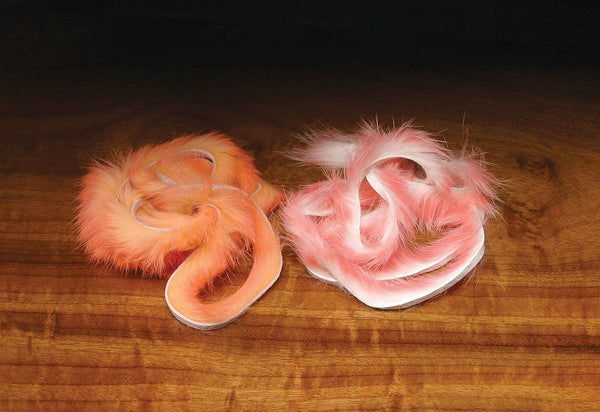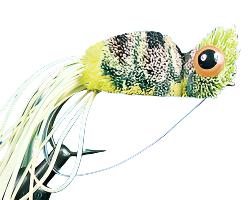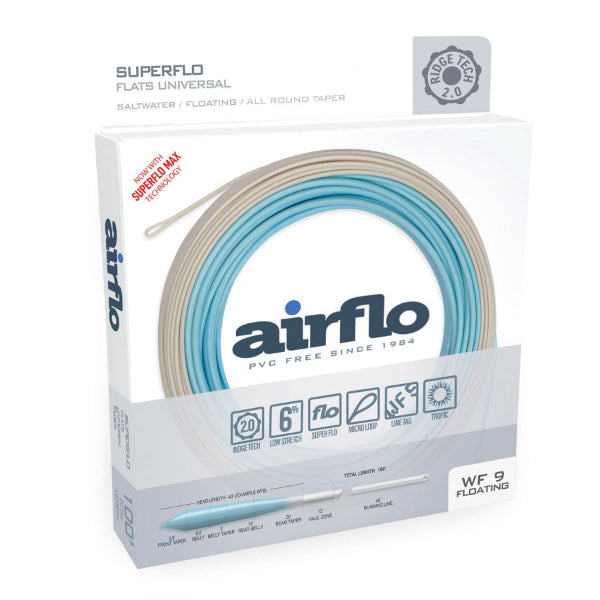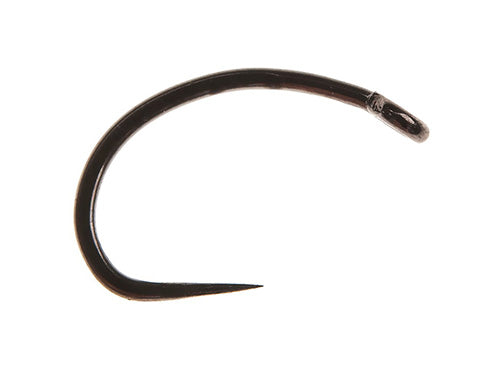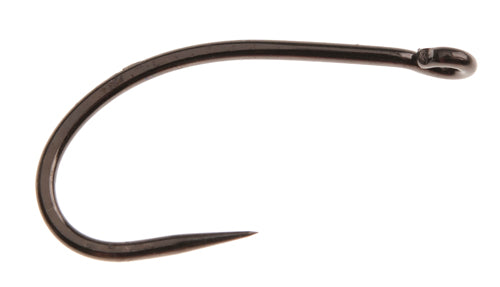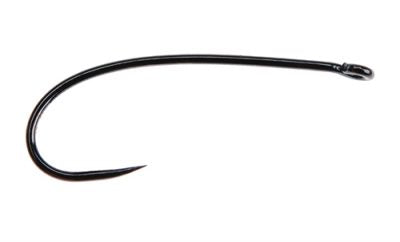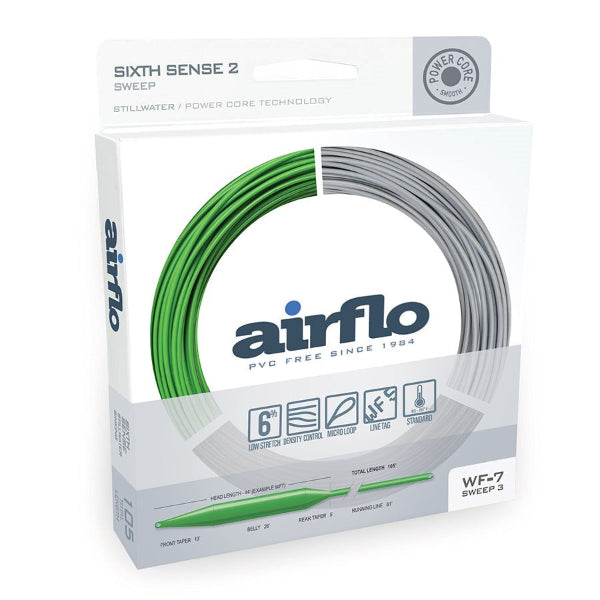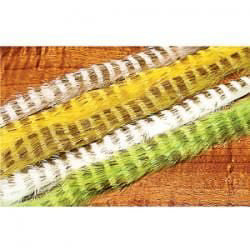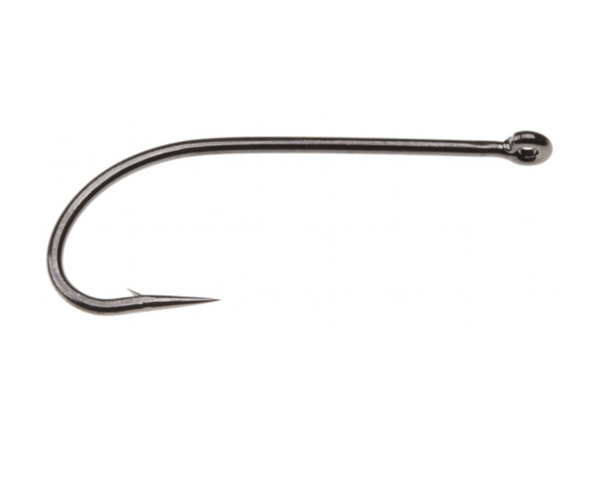By John Swezey, Guest Blogger
I started fly tying three years ago. Sick of these extended cold spells, just staring out the window, I needed something to keep busy and think about fishing instead of how cold it was outside. I'm 66 years old and not nearly as spry — well, I never was spry — but even less adaptable than I once was. Patience was not a virtue of mine, but it has increased over the years simply because I have slowed down to a crawl.

After some in-depth library research, YouTube investigation, and Googling, I bought a new vise and toolkit. After that, I went to the craft store and thought I was ready to begin my journey as a professional fly tier.
With a collection of random feathers, an Aberdeen hook from Walmart, and using thread from my wife's sewing box, I thought I was going like gangbusters. Well, the unfinished product was a mess. I named the result after our cat because it looked like an extra fuzzy furball. Not to be deterred, I kept trying, and after approximately 100 flies later, they still looked nothing like what I thought they should.

I took a free class at the local library and got a few pointers. Then, researching where to buy tying materials, I found a local fly shop. I strolled in and didn't have any idea what I wanted to buy. So I asked for help in buying materials to tie a Clouser. They were incredibly helpful and not at all condescending about my obvious ignorance. After that purchase, I found their website and signed up for classes at the shop. Two incredible tyers taught the class, and I got a lot of help. The best takeaway: focus on detail instead of speed and careless wraps.
Practice on my own was still daunting, but I started getting better after several weeks. The flies started looking less like cat puke.

I read more tying books — Tom Rosenbauer, Charlie Craven, Barry Ord Clarke, Tim Cammisa, A.K. Best, and others. I watched more videos. Researching and watching skilled craftsmen was as fun as staring at the blacksmith at Silver Dollar City.
Charlie Craven said to tie flies with the details they deserve, not just "good enough to catch fish." So I went to the razor blade and skinned the materials off lots of flies. Tying a few flies of the same pattern at the same time started to help. Using quality materials, tools, and hooks helped even further. Watching videos at the same time as tying and wearing out the pause and rewind on my iPad, things started getting better — less barf!

Was I being more creative? Maybe not so much. Was I being original? Not really. Was I getting better? I think so. Concentrating on a few patterns and then returning to them later gave me a better sense of measuring and proportion.
Branching out to more patterns and different materials was becoming increasingly enjoyable.
Knowing that I could get close to the pattern shown in the video, book, or online was satisfying. Getting a little bit more comfortable sitting at the tying desk. There are so many terrific resources available to tiers today. Take advantage of your local shop if you can. Follow different legends online. Get to know your local tying pros. Above all, don't take yourself too seriously — and have fun.



